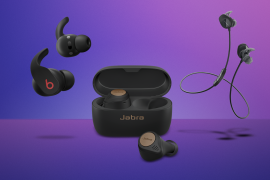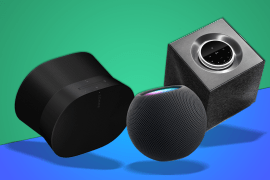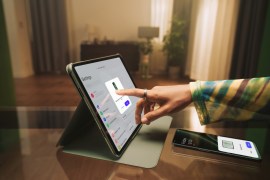How the OnePlus 3 stacks up against its flagship rivals
Does its affordability impact on its specs and design?
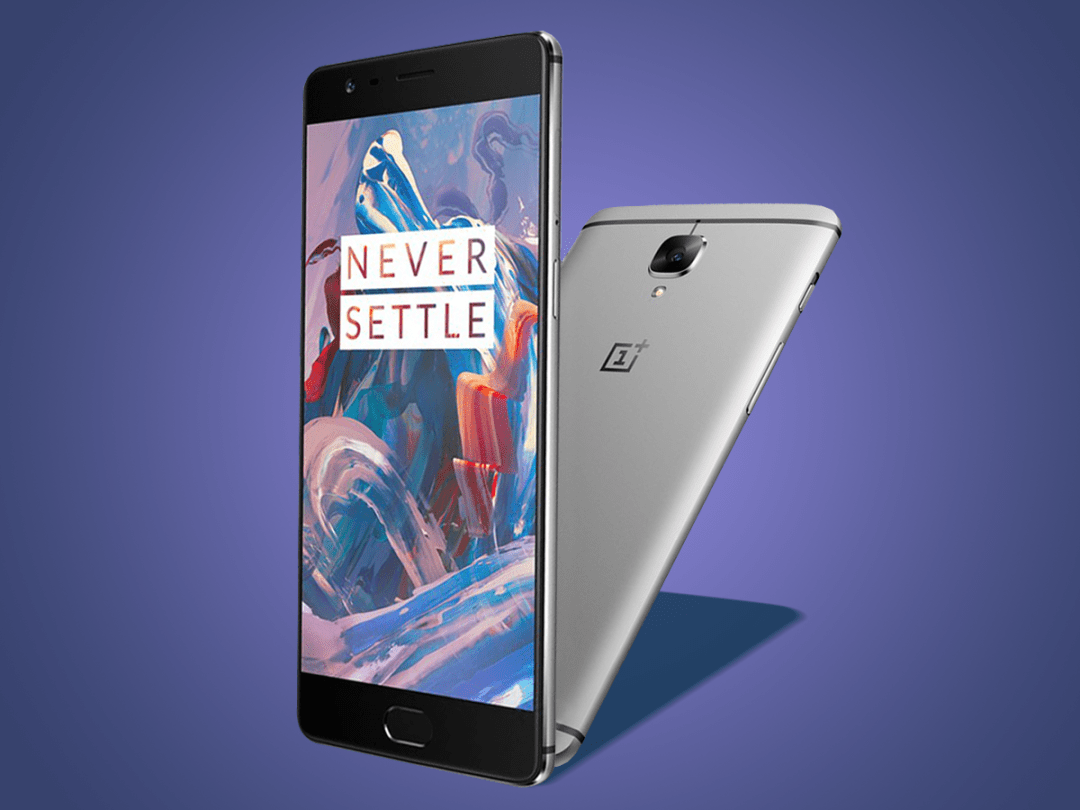
The OnePlus 3 is £309, an incredibly wallet-friendly figure by flagship phone standards – so how does it stack up against pricier competitors from LG, Samsung, HTC and Apple?
For reference, the cheapest editions of these phones are priced as follows:
You can see why the OnePlus 3 has got thrifty smartphone fans all in a tizzy. At the time of writing, it’s also Stuff‘s favourite phone, and you can find out precisely why by reading our review. Without further ado, here’s how it stands up to its more mainstream rivals.
Performance
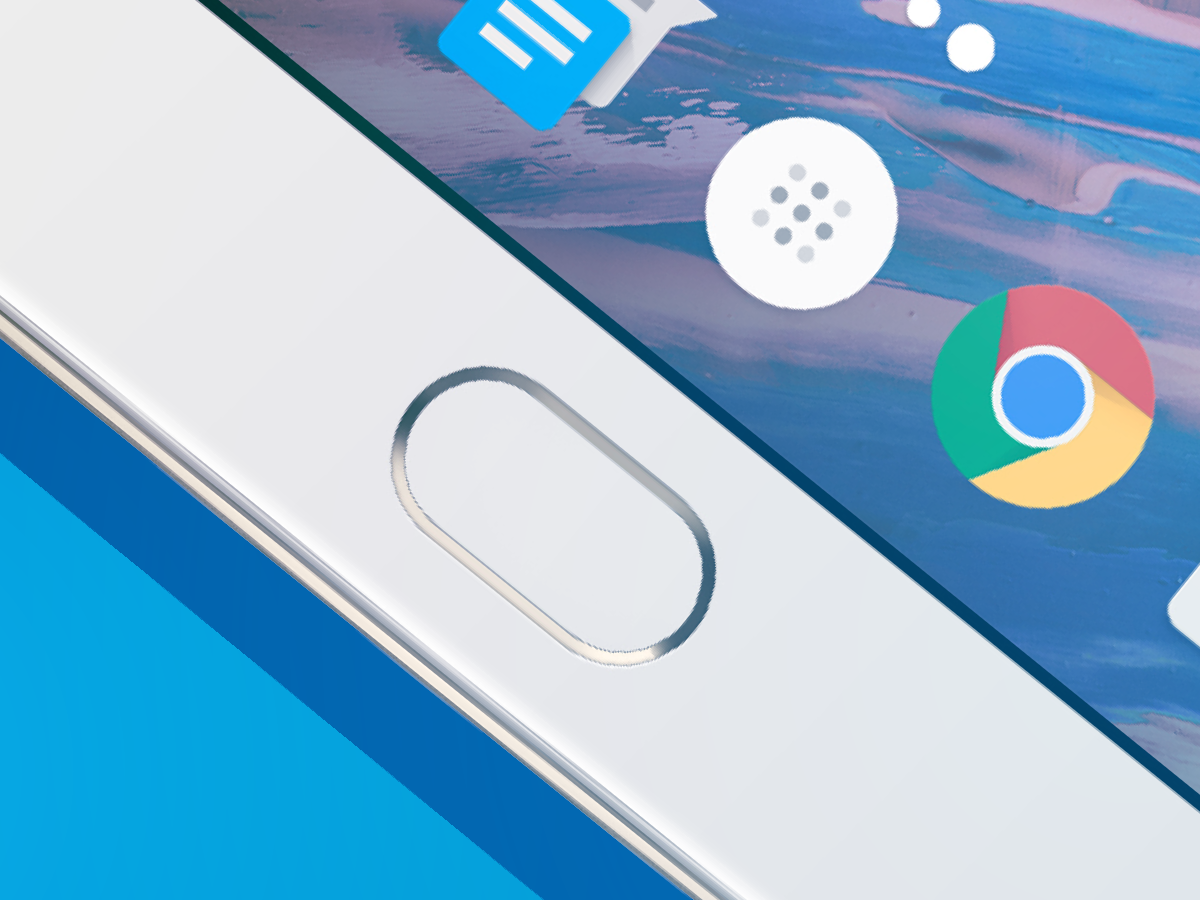
OnePlus hasn’t skimped on the CPU here: the 3 totes Qualcomm’s Snapdragon 820, by most experts’ reckoning the current gold standard in processors. The 3 scored a Geekbench 3 total of 5122, though, which when compared to the other phones’ scores (iPhone 6s – 4410; Samsung S7 – 6461; HTC 10 – 5217; LG G5 – 5218) doesn’t seem particularly noteworthy. The Samsung Galaxy S7, of these handsets, would appear to be the fastest in terms of raw power.
OnePlus has paired the 820 with 6GB of RAM, which is more than any other flagship on the market – the Samsung Galaxy S7, LG G5 and HTC 10 all have 4GB, while the iPhone 6s has 2GB. 6GB is a heck of a lot of memory to play with, and it should make the 3 a multitasking master. We say "should", but we’re not entirely convinced the 3 needs that much RAM – whenever we checked the phone’s resource screen, there was always masses of memory sitting there unused. It could be a spec that really comes into its own in a year or two, when apps and processes become more demanding.
Battery-wise, the OnePlus has a 3000mAh cell, which is the same capacity as the HTC 10 and Samsung S7. The LG G5 has 2800mAh, while the iPhone 6s has just 1715mAh. We found the 3 delivers a normal day of use per charge, however – just like all the others here.
The 3 has a quick charge function (in our tests, it went from 0 to 90 percent in 40 minutes, and 0 to 100 percent in just over an hour), as do the Samsung, LG and HTC. The iPhone does not.
Now read this › Apple iPhone 6s review
Storage space
In terms of storage, the 3 comes in one flavour only: 64GB. And it’s not expandable via microSD. That’ll be sufficient space for most users, but the iPhone 6s offers up to 128GB, and the Samsung, LG and HTC phones all are expandable via memory card. So if you’re an unusually heavy app downloader, video capturer or otherwise need lots and lots of on-phone storage, you’ll be better off with one of the other handsets.
Display
OnePlus hasn’t gone 2K with the 3, sticking instead with a 1920×1080 screen stretched across 5.5in.
That means the OnePlus wins on size, if not sharpness. The HTC 10, LG G5 and Samsung Galaxy S7 all have higher resolution 2560×1440 panels, but make do with 5.2in, 5.3in and 5.1in panels respectively. The iPhone 6s has a 4.7in screen with a 1334 x 750 resolution, leaving it once again trailing behind in the spec race.
OnePlus has made one big change, though; the screen panel tech has gone from LCD to OLED. That puts it on level pegging with the Galaxy S7 for vibrant colours, deep, inky blacks and energy efficiency. Depending on what you want from a phone, that could bump it up to a healthy second place in the display stakes.
Every phone here has a fingerprint sensor, and all but one stick it directly underneath the display. LG is the odd one out with its rear-facing sensor, but whichever one you go for, you don’t have to worry about passwords.
Read more › LG G5 review
Camera
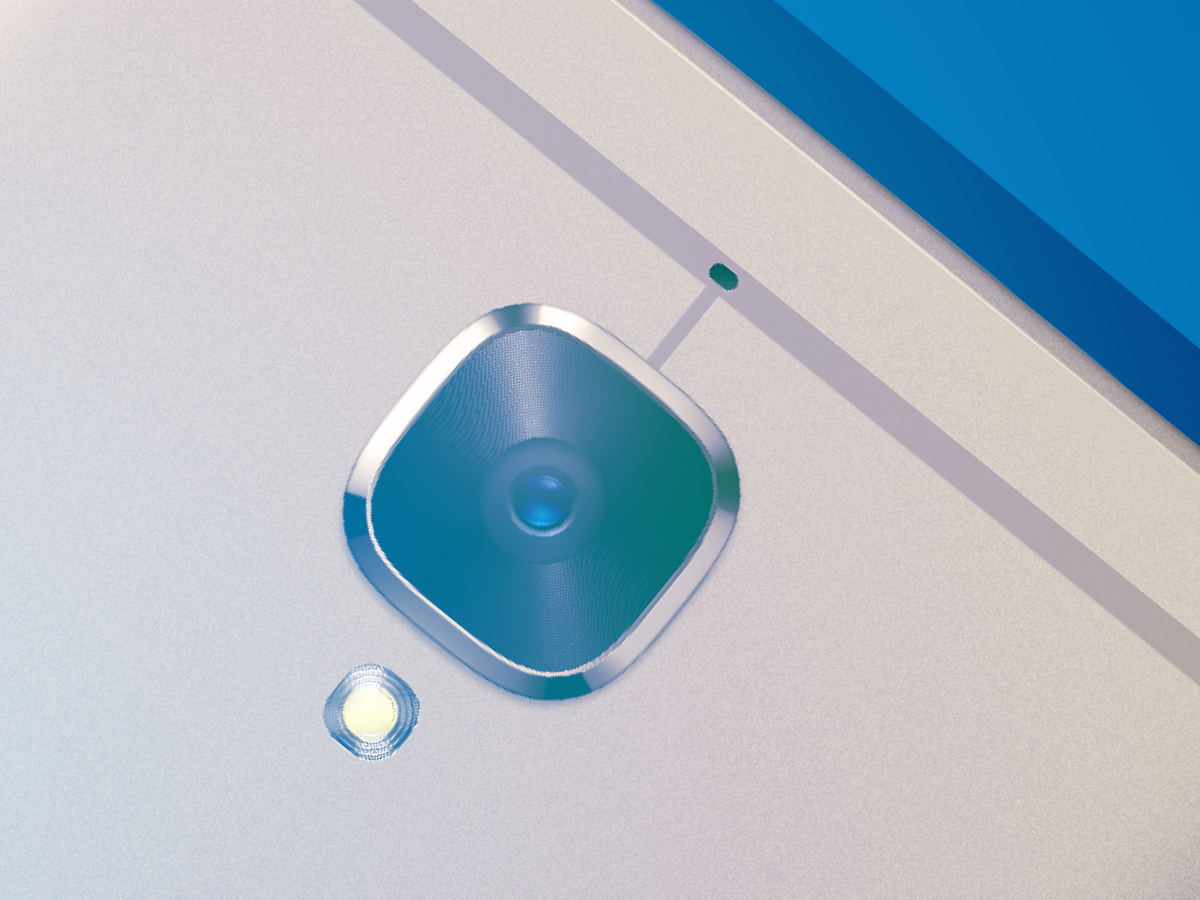
The OnePlus 3 has 16MP rear and 8MP front-facing cameras, both with with f/2.0 apertures. The iPhone 6s, still perhaps the critics’ choice when it comes to camera phones, sticks with a 12MP rear camera with f/2.2 aperture, and a 5MP front camera (also with f/2.2 aperture). On hardware alone, that should give the OnePlus an edge.
Here’s where things get tricky. The HTC 10 also has a 12MP rear cam, but a wider f/1.8 aperture to let in more light. It’s got a 5MP snapper on the front, but again, a wider f/1.8 aperture. Samsung goes even wider with f/1.7 apertures for its 12MP rear and 5MP front cameras, which should make it the low light champion on paper.
LG has stuck two cameras on the back of the G5 – one 16MP, f/1.8 for everyday shooting and one wide-angle, 8MP, f/2.4 sensor for getting more of your subject in shot without having to step backwards. It’s also got an 8MP, f/2.0 camera on the front, which should be on par with the OnePlus 3’s front camera. It’s more practical in one sense, but if you only take selfies the second camera is pretty much wasted.
All cameras apart from the iPhone 6s’ have optical image stabilisation to counter the effects of unsteady hands in longer exposures, but the real thing that separates them is how each phone processes your pics before you see them. And in our opinion, the OnePlus 3 doesn’t produce the photographic goods as well as the Samsung Galaxy S7 or the iPhone 6s. It’s still a fantastic performer for £300, but it can’t be called the best of our bunch.
Related › Samsung Galaxy S7 review
Design
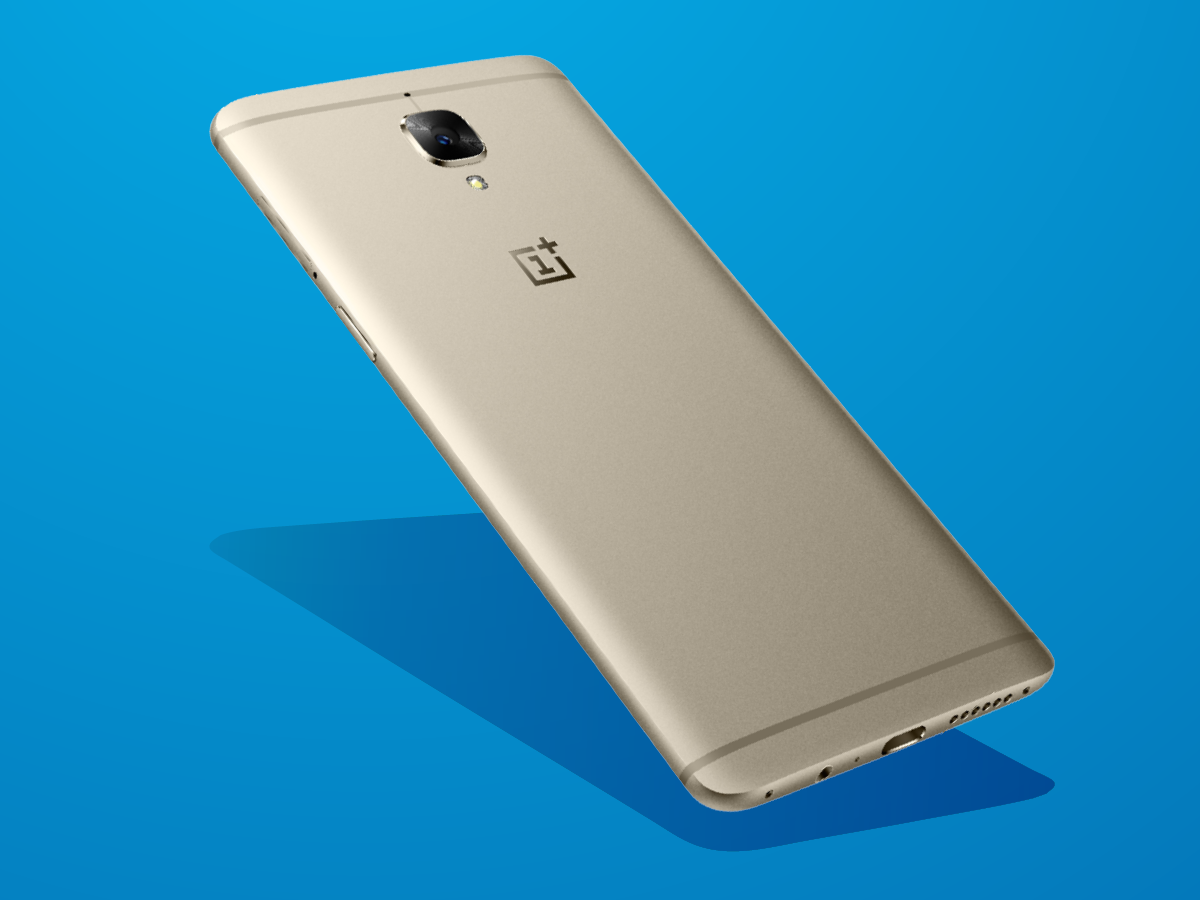
Looks are a subjective thing, so we won’t compare them here – but honestly, all these smartphones are pretty handsome. There are no dire examples of industrial design that are going to get you laughed out of your nearest coffee shop – just gorgeous slabs of metal and glass.
The OnePlus 3 definitely has a lot of the iPhone 6s in its looks, which we suspect is probably intentional, and it’s got a nice thin profile (just 7.4mm). If thinness is something you value, the iPhone 6s is 7.1mm, the Samsung Galaxy S7 7.9mm, the HTC 10 9mm and the LG G5 7.7mm. So the OnePlus 3 isn’t the skinniest, but it isn’t far off.
It’s also the first OnePlus to be significantly metal-bodied, like all the models here. And that’s generally regarded as a good thing, if you’re looking for something that feels like a premium product. The Samsung is water- and dust-proof, however, which gives it the edge in the survivability stakes.
Related › HTC 10 review
Verdict: How has OnePlus managed it?
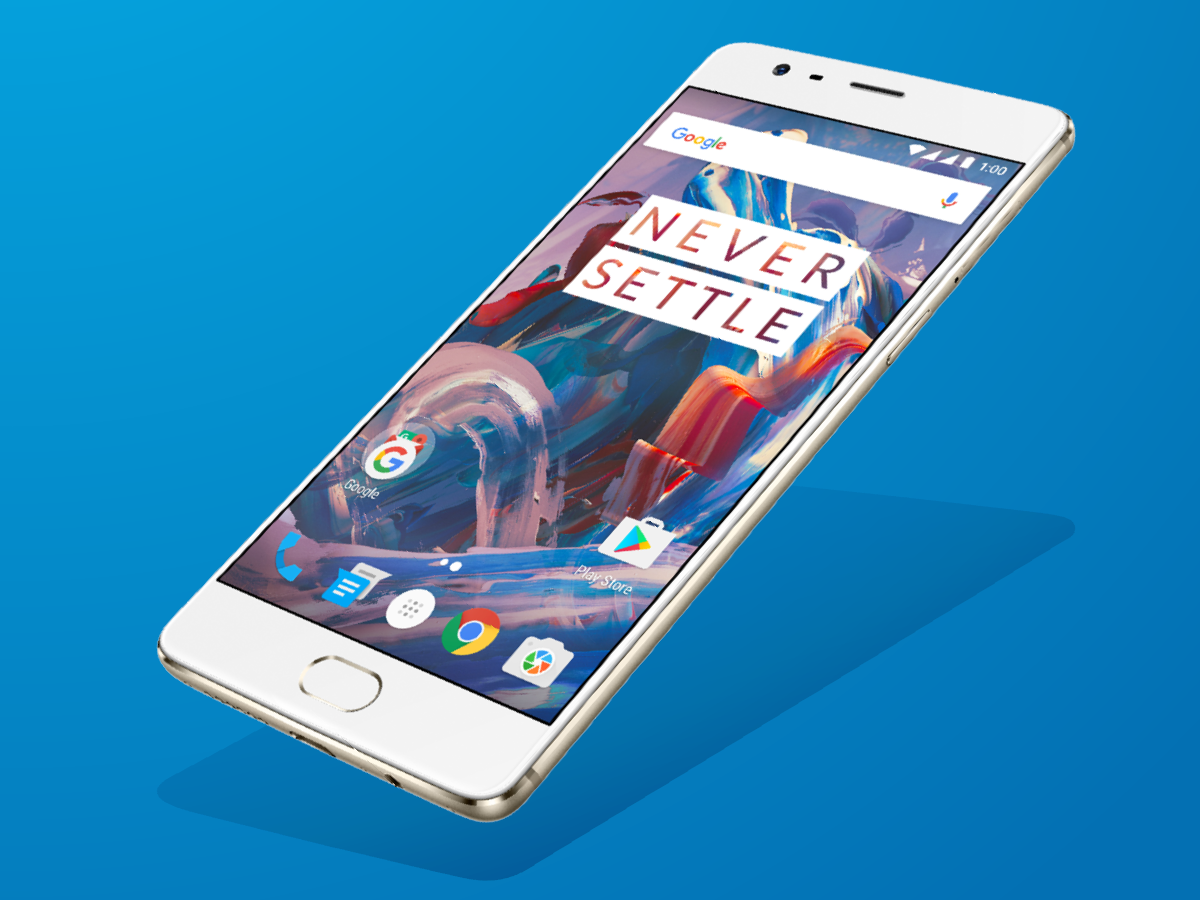
Given the price, it’s quite astonishing how specced-up and well-designed the OnePlus 3 is. It either beats or narrowly trails behind every other major flagship on the market, except in the case of its display resolution – which still trounces the much pricier iPhone 6s.
It doesn’t feel like OnePlus has cut corners here, and while there are aspects of the other phones – particularly in the case of the Samsung Galaxy S7 – that do beat the 3, it’s a truly fantastic smartphone for its £309 price tag. That it can go toe-to-toe (or close to it) on battery life, build quality, processor performance, screen quality and camera ability with a bunch of competitors that cost almost twice as much just goes to show what OnePlus has achieved here. That’s why it’s currently sitting at the summit of our Top 10 Smartphones list.
Now read this › 5 of the best OnePlus 3 alternatives

